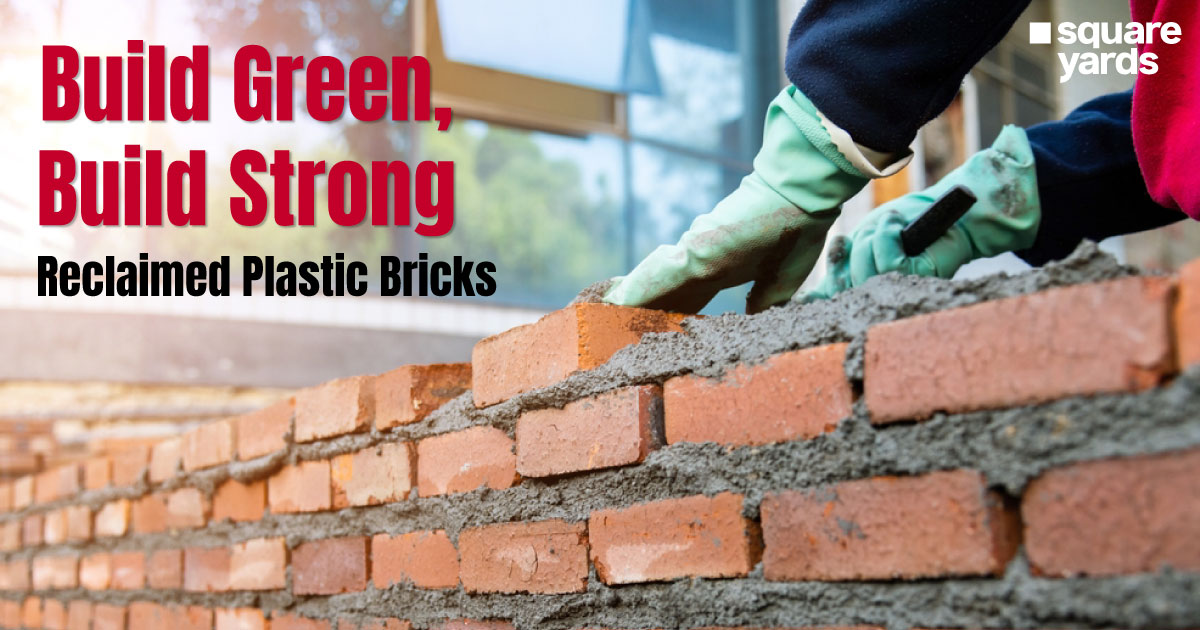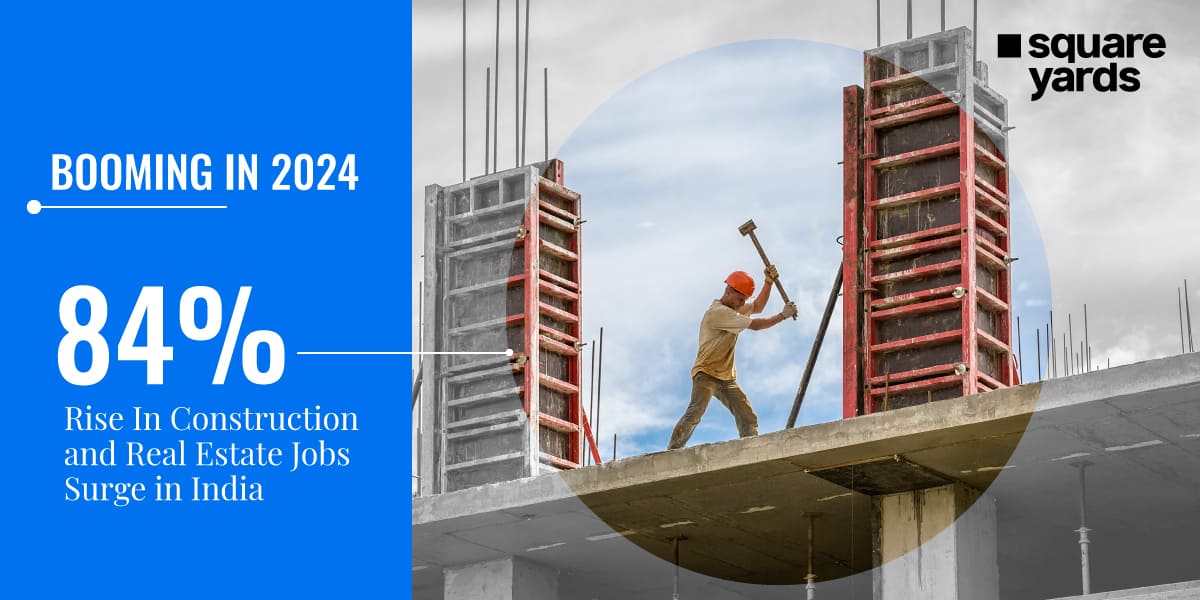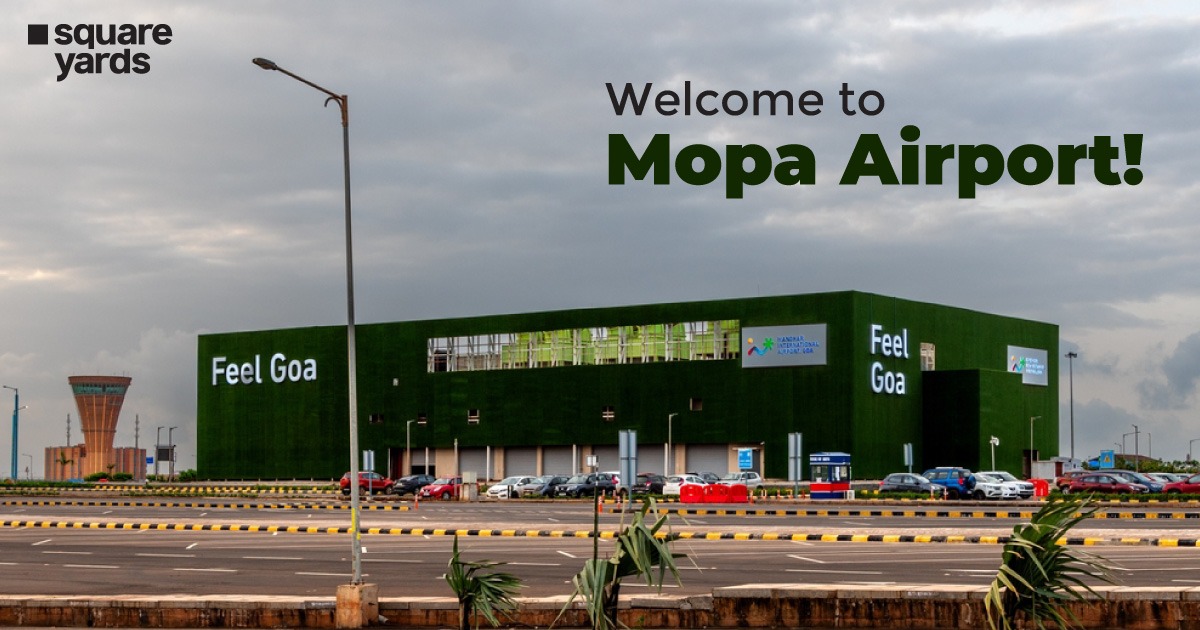The real estate market in India’s top 30 tier II cities has experienced significant fluctuations, with a weighted price increase of up to 65% between 2023 and October 2024. The report by PropEquity highlights that while 25 cities saw a price surge, five cities experienced declines. Notably, Jaipur led the rise, while Bhopal, Mohali, and Sonipat recorded notable drops.
- Weighted prices in top tier II cities rose by up to 65% from 2023 to October 2024.
- Jaipur experienced the highest increase in housing prices, while Bhopal saw significant declines.
Surge in Real Estate Prices Across Major Cities
According to the report from PropEquity, a well-regarded data analytics firm listed on the NSE, the real estate market in India’s tier II cities has shown remarkable growth. The weighted average price of new launch projects surged dramatically, with Jaipur leading the charge. The city’s prices increased from Rs 4240 per sq. ft. to an impressive Rs 6979 per sq. ft., marking a staggering 65% rise. Following Jaipur, Indore and Dehradun also saw substantial increases, with price hikes of 20% and 14%, respectively. In contrast, cities such as Sonepat, Mohali, and Bhopal recorded declines in their housing prices, with Sonepat facing the steepest drop at 26%. This divergence in price trends underscores the evolving dynamics of the real estate market in these regions, highlighting both opportunities and challenges for potential buyers and investors.
Regional Analysis of Price Trends
The analysis conducted by PropEquity reveals distinct regional patterns in the rise and fall of housing prices across India. In Southern India, for instance, Guntur emerged as a key player, experiencing a robust 51% increase in the weighted average price of new launches, bringing the price to Rs 5169 per sq. ft. Mangalore and Visakhapatnam followed closely, with increases of 41% and 29%, respectively. However, not all cities were on an upward trajectory; Mysore and Trivandrum reported declines of 14% and 4%. Meanwhile, in Western India, Gandhi Nagar saw a 19% increase to Rs 4844 per sq. ft., while cities like Surat and Nagpur experienced more modest gains. Eastern India also contributed to the overall growth, with Bhubaneshwar and Raipur recording increases of 15% and 14%, respectively. This regional analysis illustrates the complexity of the real estate market, where various factors contribute to price fluctuations.
Moreover, the report highlights that Goa stands out as the only city among the 30 tier II cities to cross the Rs 10,000 per sq. ft. threshold, demonstrating its unique position in the market. In contrast, cities like Vijayawada, Gandhi Nagar, and Surat remain below the Rs 5000 per sq. ft. mark, indicating a varied landscape of real estate pricing across different regions. With this knowledge, investors can better navigate the market and identify potential opportunities.
Future Implications for Homebuyers and Investors
The current trends in real estate pricing across tier II cities have significant implications for both homebuyers and investors. As prices fluctuate, potential buyers may find opportunities to negotiate better deals in cities experiencing price declines. However, with rising demand in cities like Jaipur and Guntur, investors might be incentivized to enter these markets sooner rather than later. The overall growth in the real estate sector, as indicated by the weighted price increases, suggests a potential for long-term investment gains. It is crucial for stakeholders to remain informed about these trends, as they will play a vital role in shaping the future of real estate in India.






















